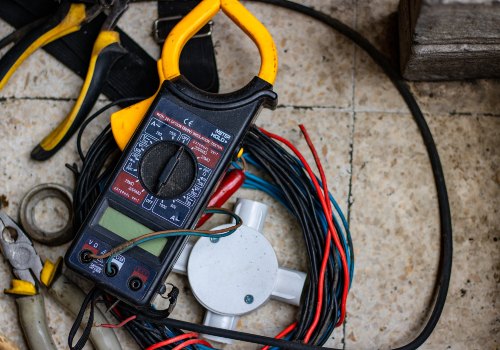All the information below is detail in our whitepaper – Methods of Mitigating a HSE Prosecution
This case study demonstrates the dangers of faulty equipment at work, and how a situation can quickly result in a disastrous end for a business if not handled properly. It shows the importance of acute health and safety checks and reporting. Health and safety is not a tick box exercise and cannot be regarded recklessly, else risking major fines and prison time.
The Incident:
Santiago (45), an employee of Hemingway Ltd, was electrocuted whilst using machinery in the course of his employment. The accident could have been avoided.
Santiago suffered burns to his right hand and is now partially sighted. As a result of the incident, he was unable to attend his youngest daughter’s wedding or enjoy the company of his new grandson. He will never work again, he suffers from depression and his marriage is now in difficulty.
His wife was told by voicemail that her husband had died and had to call local hospitals to be informed he had actually survived. She now also suffers from PTSD.
The Investigation:
Investigations found that a director of the company, Mr Strong, had a hunch that the equipment may have been faulty as there had been similar near misses and the reports were not reviewed in detail. The checks carried out were seen as a ‘tick box’ exercise.
Staff were found to have given false accounts to the police and evidence was destroyed by the company. Mr Strong tried to blame employees without investigating properly and failed to take any accountability.
The Outcome:
Hemingway Ltd were charged under Section 2 and Section 3 of the Health and Safety at Work Act, as well as Working at Height regulations. The fine was £2.4 million.
Mr Strong was personally charged under Section 7 and 37 and of the HSWA and was sentenced to 19 years in jail.
This case study highlights the true risk that comes with HSE prosecutions and Health and Safety regulations. As proved in the investigation, more could have been done by the employers and the business to ensure health and safety policy was upheld.
For guidance on health and safety regulations and how best to avoid being prosecuted by the HSE, see our whitepaper – Methods of Mitigating a HSE prosecution.
5 THINGS EMPLOYERS NEED TO DO WHEN THERE IS AN INJURY OR FATALITY AT WORK
In the immediate aftermath of a serious incident, it is important to be a calm presence and look out for the wellbeing of anyone involved.
We have detailed 5 points to remember in the event of a serious injury or fatality at your place of business.
Learn More



